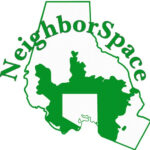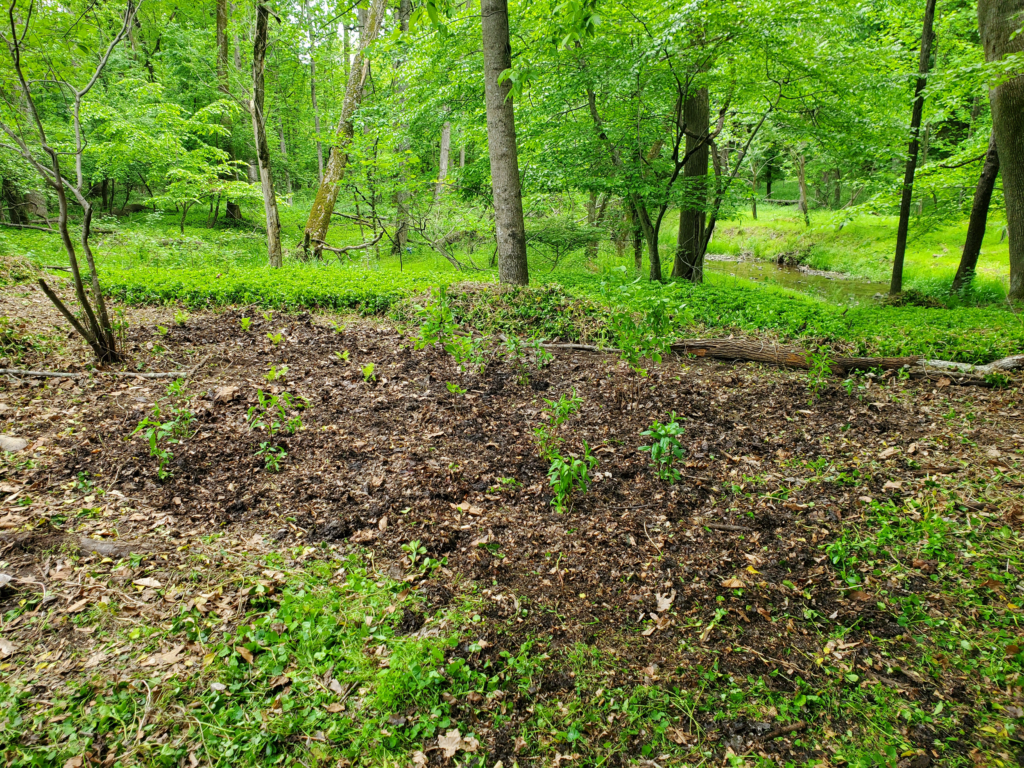The Problem with Non-Native Plants and Why You Should Care
Over the past 300 years, American settlers have introduced an abundance of non-native plants which have disturbed ecosystems that have taken millions of years to develop. Once loose in our North American ecosystems many of the more aggressive non-native plants have become invasive. As invasives, these plants have overridden the previously established populations of many native plants. A major problem stemming from this is that native insects and animals have had to adjust to the sudden change in food source over the years and many have not been successful.
While native plants have co-evolved with our native wildlife for millions of years, non-native plants have only arrived in the past hundred years, which is the blink of an evolutionary eye. In a forest, non-native species are a huge problem. It would seem that eventually, the native plants here would learn to cope with non-native plants that had been introduced. This is partially true, but not totally. Unfortunately, some of these non-native plants have major competitive advantages, and therefore become invasive. Invasive plants are not only aggressive growers, but they also have little to no natural predators. These traits allow invasive plants to spread incredibly fast over large areas. They take over the space that the native plants have thrived in for years. This is when we start to see a problem, as the native plants get overtaken, insects and animals don’t have anything to eat, and therefore many species will struggle tremendously.
These days, there seems to be a major lack of interest in planting bushes, trees, and flowers that are native to the areas we live in. One issue is that when you go to purchase flowers, for example, not everything at that store is native. For the most part, the store only cares about making a sale, not if that plant is ecologically valuable. Another issue is that people nowadays are keener on making their yard look nice. There are visual benefits to this, however, the concept is mostly flawed. The only way to improve a yard's ability to support life is to include species that fit in geographically. The overall impact of non-native plants in our ecosystem will carry problems long after we are gone. This is why we must make adjustments in our own personal lives and support our native ecosystems that have taken millions of years to build.
Article by Harry Deller, Intern

